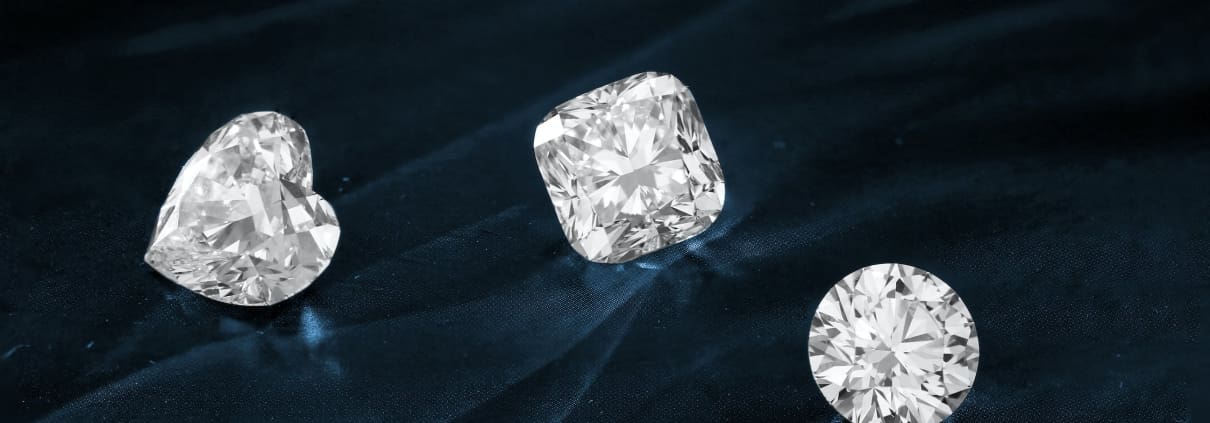Types Of Diamonds
Diamonds, often referred to as “nature’s masterpiece,” have captivated humanity for centuries with their mesmerising brilliance and timeless allure. While all diamonds share the same basic structure of carbon atoms arranged in a crystal lattice, they come in a variety of types, each with its own unique characteristics and qualities. In this comprehensive guide, we’ll delve into the fascinating world of diamonds, exploring the different types of diamonds and what sets them apart from one another.
From Classic to Exotic: A Guide to Types Of Diamonds
- Natural Diamonds: Natural diamonds are formed deep within the earth’s mantle under extreme heat and pressure over millions of years. They are the most common type of diamond and are prized for their rarity, beauty, and enduring value. Natural diamonds come in a variety of shapes, sizes, and colours, ranging from colourless to fancy coloured diamonds such as pink, blue, and yellow. With their inherent beauty and timeless allure, natural diamonds hold a special place in the hearts and minds of collectors and connoisseurs alike.
- Synthetic aka Lab Grown Diamonds: Synthetic diamonds, also known as lab-grown or cultured diamonds, are created in a laboratory environment using advanced technology that replicates the natural conditions under which diamonds form in the earth. While synthetic diamonds share the same chemical composition and physical properties as natural diamonds, they are typically more affordable and sustainable, making them an attractive option for those seeking the beauty of diamonds without the environmental or ethical concerns associated with mining. Synthetic diamonds come in a variety of colours and sizes and are increasingly popular for use in jewellery and industrial applications.
- Treated Diamonds: Treated diamonds are natural diamonds that have undergone enhancement processes to improve their appearance or colour. Common treatments include laser drilling to remove inclusions, fracture filling to improve clarity, and high-pressure, high-temperature (HPHT) treatments to alter colour. While treated diamonds may offer enhanced beauty at a lower cost, it’s essential to be aware of any treatments and their potential impact on the diamond’s value and durability. Transparency and disclosure are key when purchasing treated diamonds to ensure you’re making an informed decision.
- Industrial Diamonds: Industrial diamonds are diamonds that are used primarily for industrial applications rather than for jewellery. These diamonds are valued for their hardness, thermal conductivity, and abrasion resistance, making them ideal for cutting, grinding, and drilling in industries such as mining, construction, and manufacturing. While industrial diamonds may not possess the same sparkle and beauty as gem-quality diamonds, they play a crucial role in various industrial processes and technologies, powering innovation and progress around the world.
Discover the Diversity: Understanding Different Types Of Diamonds
Diamonds come in a dazzling array of types, each with its own unique characteristics, qualities, and applications. Whether you’re drawn to the natural beauty of natural diamonds, the sustainability of synthetic diamonds, or the versatility of industrial diamonds, there’s a diamond type to suit every preference and purpose. By understanding the different types of diamonds and their distinctive features, you can make informed decisions when purchasing diamonds for jewellery, investment, or industrial use, ensuring that you find the perfect diamond that aligns with your needs, values, and aspirations. Whether you’re a collector, a jeweller, or an industrialist, the world of diamonds offers endless possibilities for discovery, exploration, and appreciation.
Visit CTJ Diamonds and Jewellery to see our jewellery in-store.
Search Diamonds online to create stunning custom Diamond Jewellery online.
Browse our social media pages – Facebook | Instagram to see more of our Diamond and Jewellery range.



